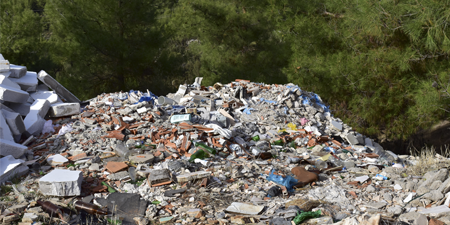
VERTELIA – Landfill Detection with Remote Sensing and AI
Project Description:
The proposal focuses on the integration of optical and/or radar satellite imagery of different resolutions taken from various sensors, for the detection and characterization of unregulated landfills. Advanced multispectral and multitemporal analysis techniques will be assessed in combination with Machine Learning and Deep Learning algorithms to determine the most efficient methodology. As a result, a technological demonstrator will be developed to validate the feasibility of the proposed approach.
This innovative exploratory study will establish technical and methodological criteria that could be applied in a larger, more complex project, which would include the development of a detection, monitoring, and management platform for landfills based on Big Data.
General Objective:
The VERTELIA project aims to detect all types of landfills, both legal and illegal, in order to evaluate their evolution, impact, and management. The methodology to be developed will be jointly defined by the participating entities, based on a thorough study of the state of the art and on the exploration of various remote sensing and artificial intelligence techniques. The project’s approach seeks to generate a precise, flexible, and adaptable system, capable of detecting and characterizing landfills in different contexts, ensuring scalability and applicability in future developments.
Key Objectives:
In summary, this innovative proposal pursues the following main objectives:
- Define an innovative methodology for landfill detection
- Evaluate different optical and radar data sources
- Identify key analysis criteria
- Validate the methodology in a pilot area
- Conduct a comparative study
- Define the requirements and conceptual architecture of a future landfill detection platform
- Design a flexible and scalable methodology to detect any type of landfill, both legal and illegal
- Disseminate project results
Specific Objectives:
- SO1 – Enhance the digital capabilities of DGPNyPF technicians and managers by providing more advanced and interoperable technological solutions than the current ones.
- SO2 – Introduce enabling disruptive technologies related to Artificial Intelligence processes and advanced data analysis for application in the forestry sector, its industry, and associated ecosystems, particularly in areas such as continuous monitoring, prevention, early warning, wildfire suppression management, and management of other natural emergencies or disasters.
- SO3 – Provide the public and private sectors with digital solutions with interoperable standards, enabling both parties to supply and receive the necessary technical information for different use cases in fire prevention and suppression, forest resource utilization, certification, and management and planning.
- SO4 – Research innovative technologies to study the cost/benefit of their implementation, especially those related to robotics and computer vision.
- SO5 – Create an ecosystem of entrepreneurship and technological development that serves as a spearhead and example at the national level.
- SO6 – Transform the project results into demonstrator solutions for other Autonomous Communities through dissemination actions.
Project Duration:
February 2025 – February 2026
Regional cooperation project with:
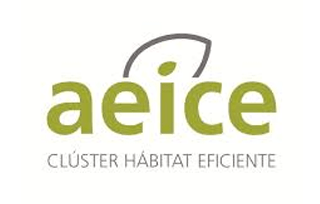
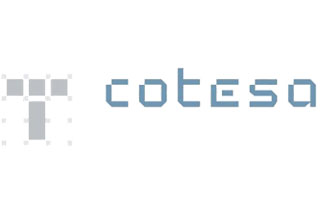
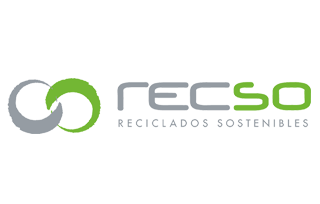
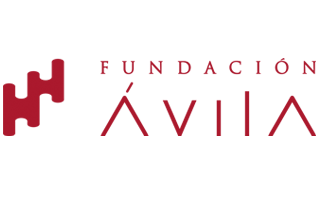
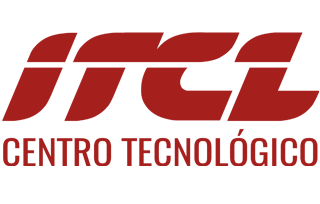
Financiado por:
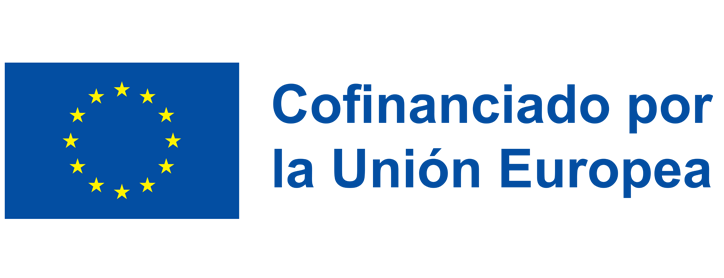
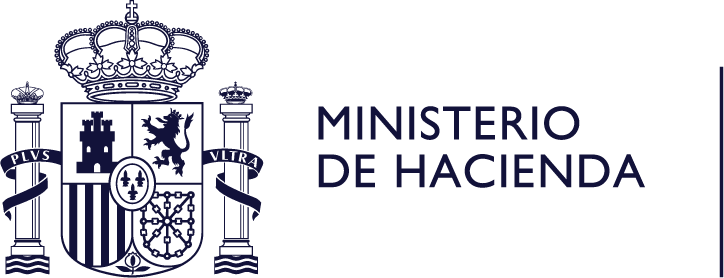
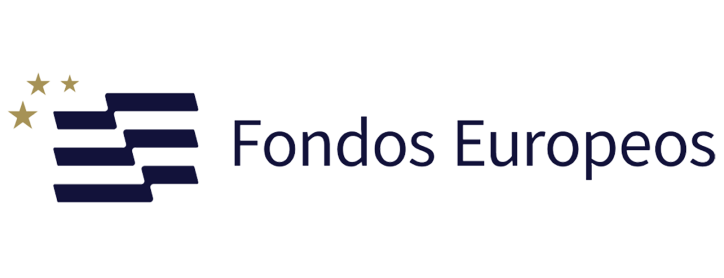
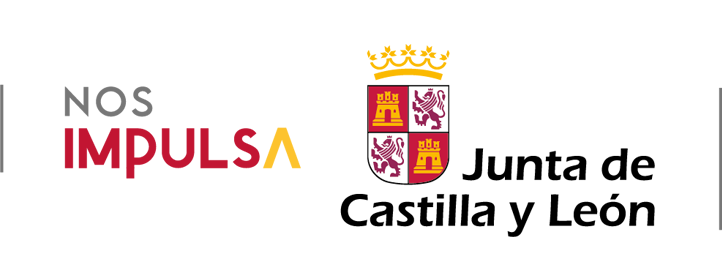
Contact Person:
Blanca Moral: blanca.moral@itcl.es

